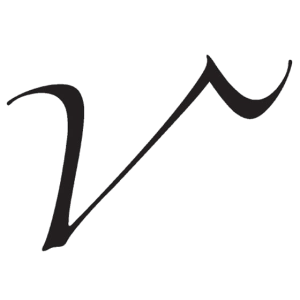
Varicose veins are those unsightly bulging veins that you often see on legs or feet. If you have them, you’re probably aware of the discomfort or pain they can cause — especially after a long day of standing or sitting.
Compression therapy helps reduce the inflammation and pain caused by varicose veins — it also improves poor blood circulation.
Is compression therapy always the best way to treat varicose veins? And how does compression therapy for varicose veins work?
Here are the answers.
What Are Varicose Veins?
People usually find varicose veins — those enlarged and twisted veins — on their calves, ankles, and/or thighs. But they can be almost anywhere on your body. The veins are dark purple or blue and aren’t often a medical concern.
However, for many people, varicose veins are a cosmetic concern; they cause embarrassment when you’re wearing shorts, a skirt, or a bathing suit.
Other times, varicose veins can reveal a budding health issue or even pose a health risk themselves.
Varicose veins are caused by valve problems within the veins. Valves become damaged or weak and blood circulation is affected; the blood begins to pool in the legs and veins enlarge.

Some symptoms associated with varicose veins include:
- Swelling in the ankles or legs
- A feeling of heaviness in your legs
- Itching around the vein area
- Achiness or pain in your legs
- Skin discoloration around the veins
At times, untreated varicose veins lead to other health issues, including venous ulcerations or chronic venous insufficiency (CVI).
The weakening of vein walls from chronic vein valve problems is a common cause of CVI. Blood flow toward the heart decreases and instead blood pools in the legs. CVI itself is not life-threatening but can lead to serious health complications including deep vein thrombosis, pulmonary embolism, and leg ulcers.
Read about warning signs and diagnosing varicose vein disease.
Causes of Varicose Veins
Factors that contribute to the development of varicose veins include:
- A sedentary lifestyle
- Being overweight
- Pregnancy
- Aging
- Increased blood pressure in the veins
What is Compression Therapy?
Many vein doctors consider compression therapy to be the first line of treatment for mild-to-moderate varicose veins. They often suggest combining compression therapy with leg elevation or movement exercises.
Compression therapy helps eliminate many of the physical symptoms associated with varicose veins. It can also help with leg or foot discomfort associated with:
- Chronic venous insufficiency
- Deep vein thrombosis (DVT)
- Swelling of the legs, ankles, and feet
- Pregnancy
Read more:- https://njvvc.com/compression-therapy-for-varicose-veins/
